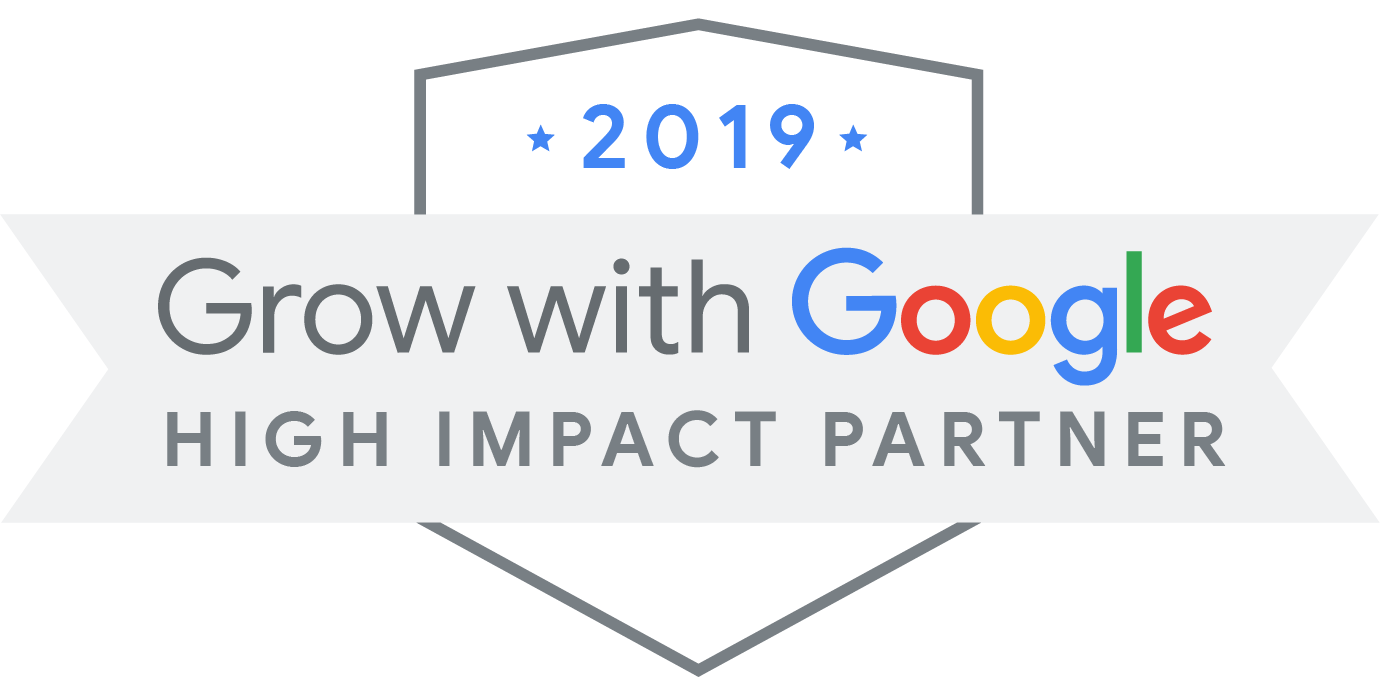
It’s not about you. It’s about them. One of the fatal mistakes business owners make on their websites is focusing on what they want to see, and not what their potential customers want to see. Often, we fall back on phrases like “since 1975, we have….” or “we lead the industry in…” which, while impressive, don’t really matter to your visitors.
Just to be blunt: visitors don’t care about you. They care about how you can solve their problems.
With all the companies vying for attention online, you can set yourself apart from the crowd by building a user-optimized website using the Growth-Driven Web Design (GDD) process.
Reach Out to Your Current Customers
Before you start redesigning your website, you can get an idea of what your ideal customer is looking for by talking to some of your current customers. Ask them meaningful questions like:
- What type of services were you searching for when you were looking? (What was your problem you needed fixed?)
- How did you find us? (Google, word of mouth, Facebook, etc.)
- After you heard about our company did you look at our website? (Did you visit our website before choosing us?)
- What were the most important pages on our website that you looked at?
- What information on our website did you find most helpful?
- What information on our website did you not find helpful?
- What couldn’t you find on our site that you think should be there to help in the decision making process?
- Why did you choose our company?
- How many times have you visited our website since becoming a client?
Gathering information like this can help you find out what your customers are looking for – you might be surprised to find how different it is from what you thought they cared about.
Use Behavioral Data
One of the core components of Growth-Driven Web Design is listening to feedback. Your visitors will tell you what they want to see – you just have to listen. You can start by gathering some information on your current site to help inform what you’ll make the focus on your new website – what pages do they visit the most? What are they clicking on? How many pages do they view before they exit your site? etc.
Once your new site launches, you can truly dive in with GDD and respond to their behavioral data to modify your website.
Constantly Evolve
Another way that Growth-Driven Web Design helps you build a user-optimized website is by constantly evolving your website. Once you gather behavioral data, it’s important to actually put it into action. You need to keep pace with your visitors by having your website be flexible. Update your website regularly to deliver content that your users want to see.
Here’s an example: Let’s say your biggest goal is for your clients to fill out a request a quote form. Currently, you have a small button on your homepage near the bottom of the page that says “request a quote.” You notice that visitors aren’t clicking on that button. Using the GDD process, you decide to try moving the button to the top of the page instead and making it larger, so it pops more. You start gathering data on this change and find a 20% increase in clicks on that button.
Building a website for your users will ultimately lead to more engagement and more leads. Give Growth-Driven Web design a try.
* * *
Get Better Results with Growth-Driven Web Design – Free eBook
Growth-Driven Web Design is not only easier on your team and wallet- continuous updates and improvements to your website will keep your customers coming back for more. This free eBook goes over Growth-Driven Web Design and what you need to know to get started.
Need a new digital marketing or web design plan? We are a Minneapolis SEO, digital marketing, social media marketing, web design and HubSpot inbound marketing agency. We specialize in inbound marketing and Growth-Driven Design. We’re located just outside of Minneapolis. Stop on by and get started – and while you’re here, pick up a free honey stick (yes, we love our bee-related theme).
 Get Started
Get Started Support
Support Call us
Call us Email Us
Email Us



